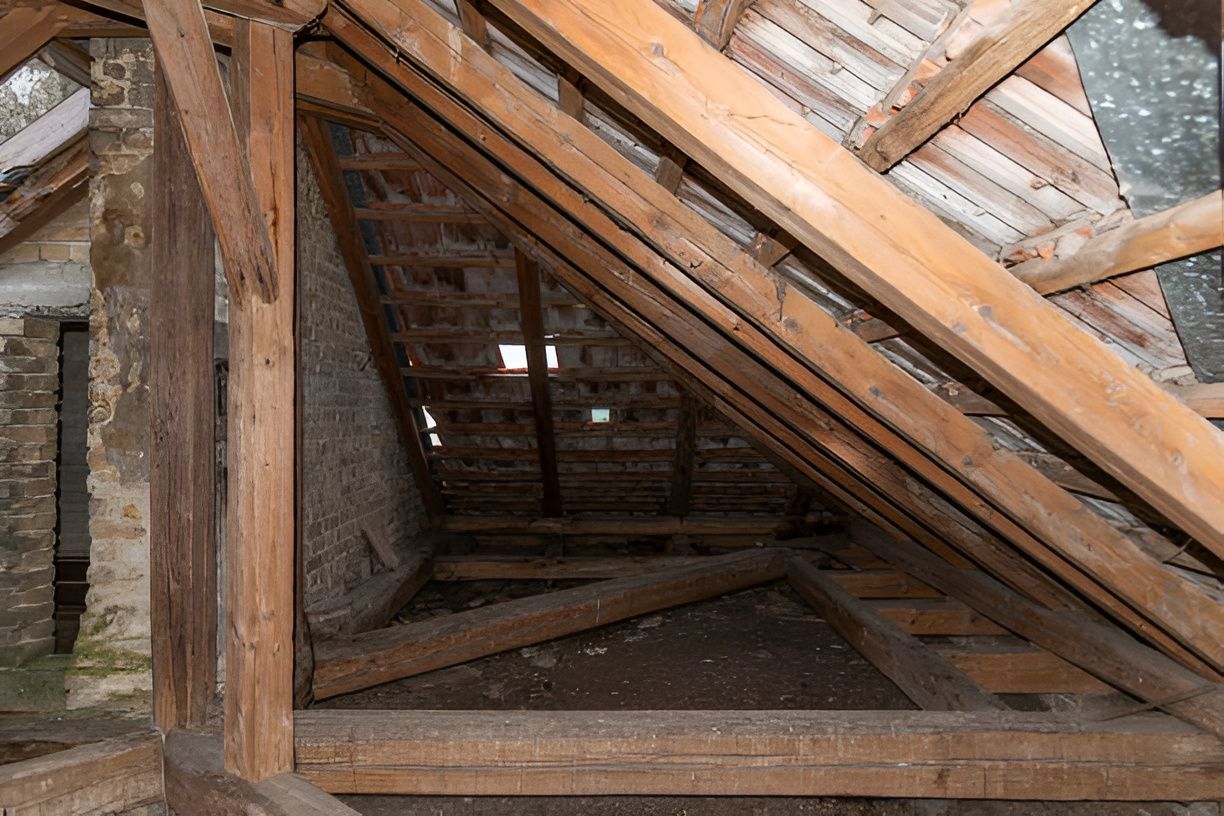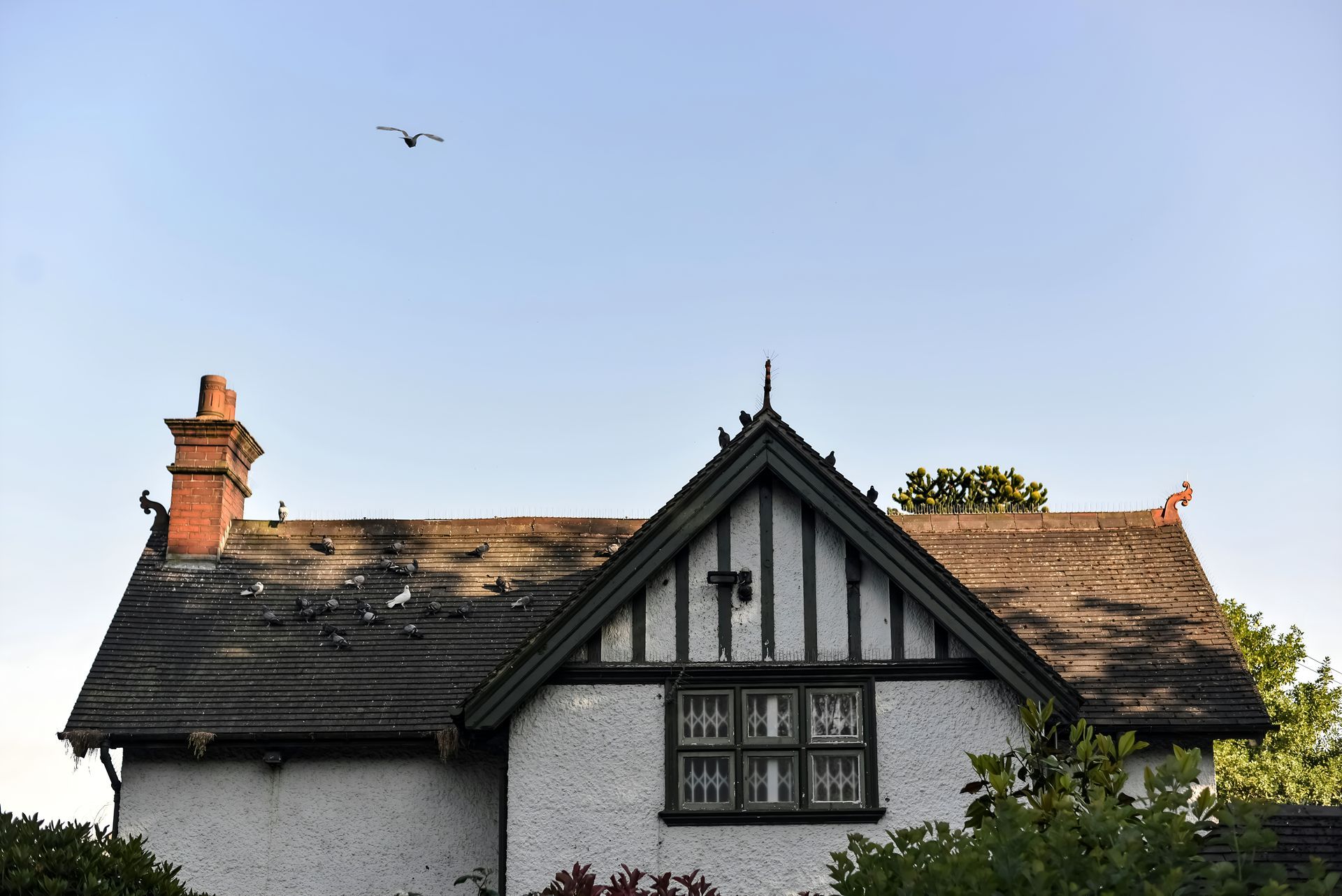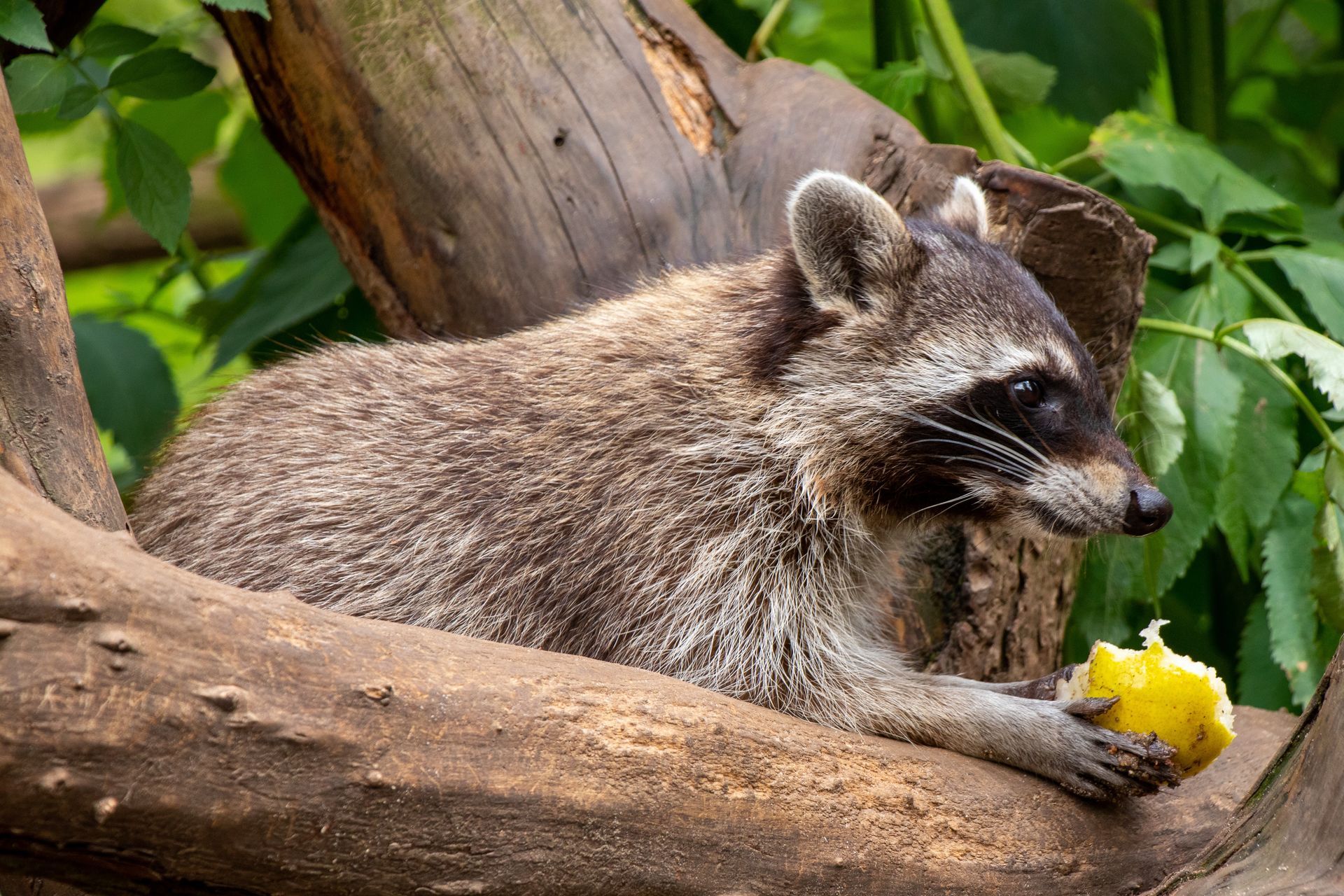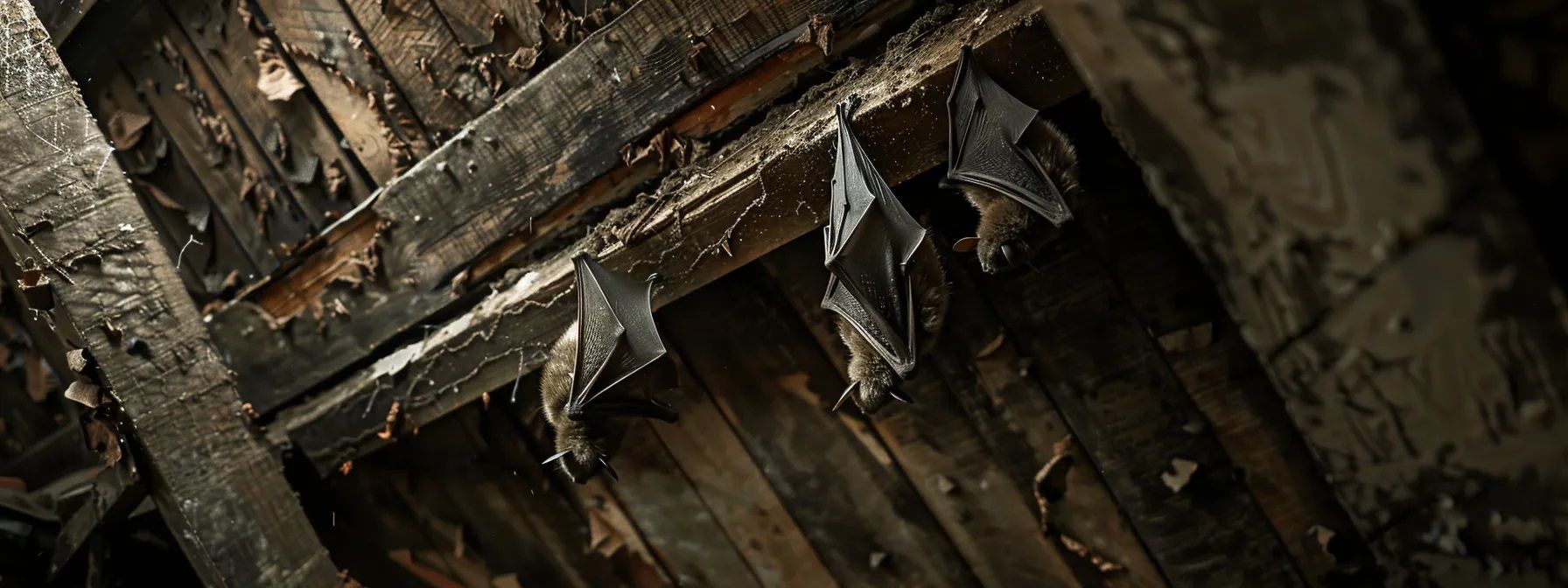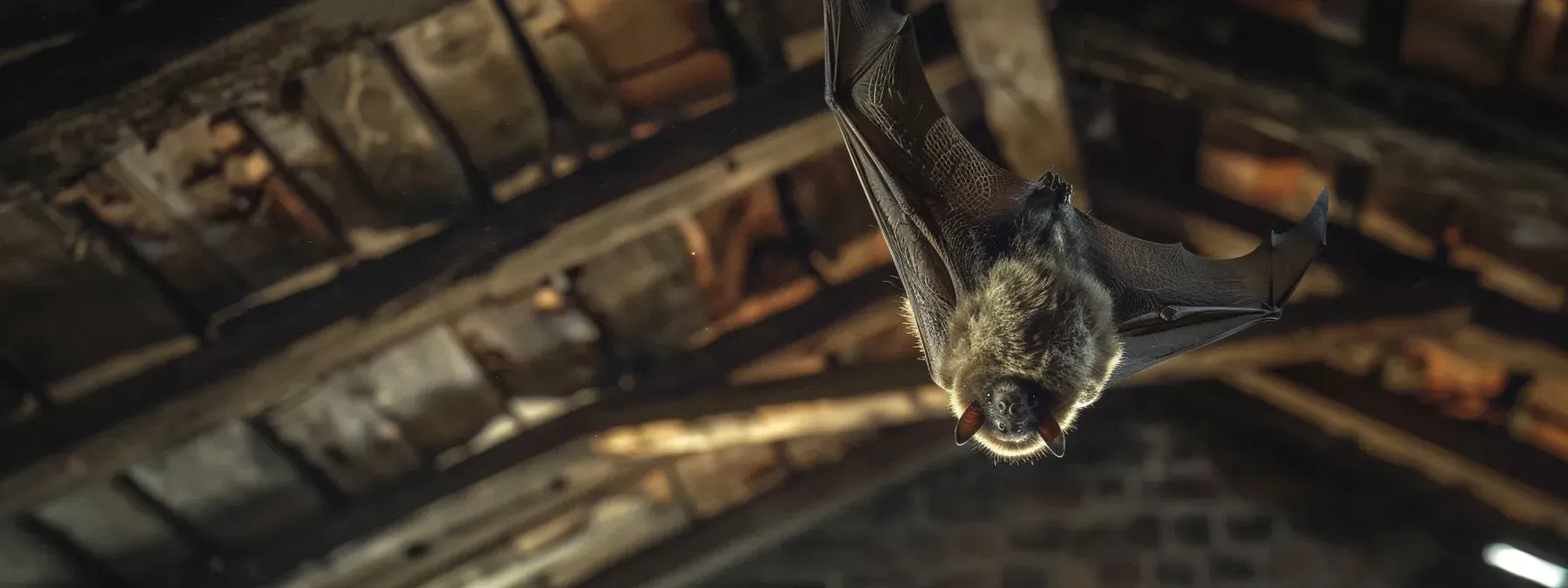9 Sure Signs You Have an Animal in the Attic (And What to Do About It)
Think It’s Just the House Settling? Think Again.
You might think that scratching, thumping, or rustling in your attic is just the wind or the house shifting. But that belief? It could be costing you your insulation, your wiring, and even your health.
Many homeowners wait too long before looking into animal in attic removal, assuming it’s not a serious issue. The truth is: once wildlife finds its way into your attic, they rarely leave on their own.
If you're hearing odd noises or noticing strange smells, your attic might already have a visitor (or a whole family of them). This post will show you exactly what to look for, what it means, and how to get your home back — fast.
We'll walk you through the 9 most common signs of attic invaders, and show you what steps to take next with help from the wildlife removal specialists at Catch A Critter in Cumming, Georgia.
1. Scratching, Scurrying, or Thumping Noises
It usually starts with a sound. Maybe it’s a faint scratching in the ceiling, or a sudden thump overhead.
No, your house isn’t haunted, but you might have company.
Nocturnal sounds are a giveaway. Raccoons, squirrels, and bats are most active at night. If you hear movement when the house is quiet, especially between dusk and dawn, you likely have an attic visitor.
2. Unpleasant Smells You Can’t Explain
Ever walked in and noticed a musky, rotten, or ammonia-like odor? That’s not just bad air circulation. It's often urine or feces left by animals like rats, squirrels, or raccoons. If an animal dies in your attic, the smell can become overwhelming. That’s where Dead Animal Removal comes in, and it needs to happen fast — both for your health and peace of mind.
3. Droppings or Urine Stains
This one’s pretty straightforward. If you see dark, pellet-like droppings or yellow-brown stains on walls, beams, or insulation, that’s a red flag. Different animals leave different droppings. Bats leave small, shiny black droppings that crumble when crushed. Rats and squirrels leave larger pellets. If you’re seeing a lot, you’re not dealing with just one animal.
4. Shredded Insulation or Nesting Materials
Insulation is warm and soft. Which means animals love it. If you peek into your attic and see shredded insulation, bits of leaves, paper, or twigs clumped together, that’s likely a nest. Squirrels and raccoons are known to build elaborate homes for their babies right above your head. This can cause your energy bills to spike and make your attic a fire hazard.
5. Grease Marks or Tracks
Animals often use the same pathways over and over. As they squeeze through gaps, their fur leaves behind grease marks. Check for dark, oily smudges around vent openings, soffits, pipes, or attic access points. You might even spot muddy paw prints or trails in dust. These clues often point directly to their entry points.
6. Visible Damage to Vents, Rooflines, or Siding
Got a torn roof shingle? A bent attic vent? A hole chewed through siding? That’s not just wear and tear. It’s often how animals get in. Squirrels can chew through wood and metal to make an opening. Raccoons are strong enough to pull up shingles or tear open a soffit.
7. Flickering Lights or Electrical Issues
If your lights are flickering or you notice strange electrical issues, don’t just blame your power company. Rodents often chew through wiring, exposing you to the risk of fire.
8. Insects You Haven’t Seen Before
Here’s something a lot of people miss: When animals move in, they bring other pests with them. If you suddenly have fleas, ticks, flies, or beetles in the house, they may be feeding off (or living on) an attic invader. Seeing these pests in the winter? That’s an even bigger red flag.
9. Daylight Through the Roofline
Head up to the attic during the day. If you can see sunlight peeking through cracks or gaps, animals can get in — or already have. Even holes the size of a quarter are big enough for squirrels, rats, or birds. And bats? They only need half an inch.
What Happens If You Ignore It?
If you wait, things don’t get better. They get worse.
- One raccoon becomes a family
- One mouse becomes dozens
- One bat leaves behind thousands of droppings
The longer animals stay, the more damage they cause, and the more expensive it is to fix.
What You Should Do Next
If you’ve noticed one or more of these signs, take action. Here's how:
1. Don’t Try to Handle It Yourself
DIY might work for painting a wall. Not for removing animals from an attic. Animals bite. They might also carry diseases, and some (like bats) are protected by law. Removing them the wrong way can get you fined, or hurt.
2. Book a Wildlife Inspection
Professionals like Catch A Critter offer attic inspections that identify what you’re dealing with, how they got in, and how to fix it. Our animal removal services are fast, safe, and humane.
3. Get Full Animal Exclusion Services
Once the animal is out, the job isn't done. We seal every gap, hole, and crack. We clean contaminated insulation. We remove droppings. We restore damaged wood and wiring. It's not just about getting animals out. It's about keeping them out.
What Makes Catch A Critter Different?
We live where you live. We know the wildlife of Cumming, and the rest of North Georgia, because we handle it every day. With over 10 years of experience and a real respect for wildlife, Catch A Critter offers:
- Humane animal removal
- Sealing and prevention work
- Attic clean-outs and restoration
- Dead animal removal
- Fast, courteous service across North Georgia
Conclusion
If you hear a bump in the night, smell something strange, or spot damage to your attic, it’s time to take it seriously. Animal in attic removal in Cumming doesn’t need to be stressful, but it does need to be done the right way. Call Catch A Critter to schedule a wildlife inspection. We’ll handle the critters so you can get back to a quiet, safe home.




